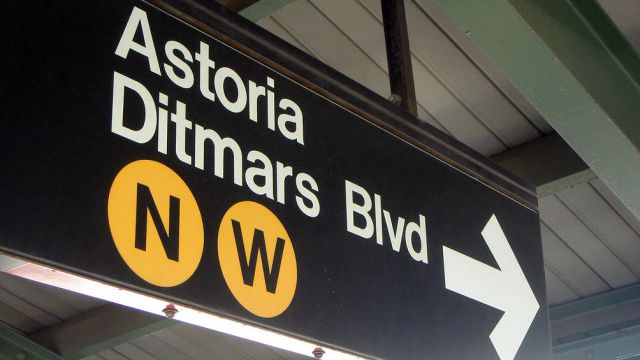Google Glasses and Hacking a New Aesthetic

With the launch of its augmented reality glasses last week, Google is now at the forefront of a new technological movement that is blurring the line between our digital and physical worlds. While only a few prototype versions of the Google Glasses are known to exist, a demo video from Google’s Project Glass that went viral on the Web last week showcased the technological possibilities when we overlay digital information on top of our physical world. For better or worse, the pixels of our digital lives are now able to follow us everywhere we go in the physical world. Augmented reality – one of those technologies that seemed to be perpetually fated to remain only a science fiction concept – is closer than ever to becoming a reality.
By superimposing a digital reality over a physical world display, Google Glasses transform everyday life into a source of new digital information – everything from today’s weather to upcoming events in your calendar. The Google Glasses are the clearest sign yet that our digital and real-world lives will inevitably collide together in the future — there will no longer be a divide between our “online” and “offline” worlds. As shown in the Project Glass demo video, people wander through a real-life urban environment, with contextual information continually popping up on their glasses. At the entrance to the subway, for example, it’s suddenly possible to see route information. In front of a retail store location, it’s possible to see information about pricing.
Until Google emerged as a technological champion of the digital-physical world mashup, this pixelation of our physical world had been more of an artistic and aesthetic movement than a technological movement. At this year’s SXSW event in Austin, Bruce Sterling described the New Aesthetic as “the eruption of the digital into the physical.” The term “New Aesthetic” consciously conjures up the great aesthetic movements that have inspired humanity throughout the centuries – from Impressionism to Realism to Constructivism to Cubism to Modernism to Post-Modernism. At its core, the New Aesthetic begs the individual to view the real world through a digital lens – pixelated water flowing out of fire hydrants or government budgets presented as pixelated QR codes. Walter Benjamin once wrote of Art in the Age of Mechanical Reproduction – the New Aesthetic is about Art in the Age of Digital Production.
As the New Aesthetic takes hold in our public imagination, look for other consumer-facing companies to explore this brave new world – even if it’s something as simple as advertisements in the subway. Where Google goes, others will follow. Already, there’s word that other tech companies are preparing to keep up with test launches of other wearable computing displays over the next 12 months – everything from computers worn on the body to augmented reality contact lenses. On his New Aesthetic Tumblr, James Bridle has been documenting the ways that the New Aesthetic is inserting itself into our everyday lives – including a mention of the Google Glasses.
What’s heartening is that the New Aesthetic is at once optimistic and comprehensible to the lay viewer. It plays on our knowledge of “glitches” in the digital world and our familiarity with the views from cameras and other digital objects. Unlike the retro-hipsterism of Instagram filters, the look of the New Aesthetic is very much in the here and now. It is, first and foremost, Pop. Contrast the New Aesthetic to the Steampunk aesthetic, which mashes up digital technology with Victorian London for a disorienting view of the world, or the Favela Chic aesthetic, which essentially sees the world as a giant digital slum.
The New Aesthetic, once a theoretical discussion topic of the digerati and media designers, might just be entering the mainstream sooner than we ever thought. Sergey Brin has already been spotted wearing Google Glasses in the wild, and once Kim Kardashian and Kanye West start wearing them – maybe as a couple – just wait – that’s when you’ll know we’ve successfully hacked a new aesthetic.
image: Pixel Man / Shutterstock





